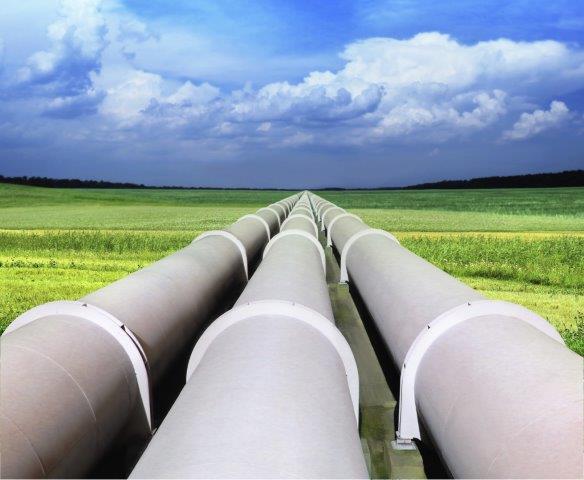And though most pipeline leaks are small, America leads the world in safe pipeline construction and oversight, it's better for everyone if leaks are stopped as quickly as possible. A report in Industrial&Engineering Chemistry Research outlines development of a new software-based method that finds leaks even when they're small, which could help prevent serious incidents and save money for customers and industry.
Gary Valtinson and Miguel Bagajewicz note that using pipelines to move oil, gas and even water from one place to another is highly effective but serious, costly problems arise if pipes break. Existing methods for detecting leaks are limited: Hardware-based approaches using special instrumentation are expensive and complicated, and software-based systems don't model pressure drops in pipelines correctly.

Finding leaks faster in natural gas transmission pipes could save money for industry and customers. Credit:ssuaphoto/iStock/Thinkstock
This leads to a lot of errors, particularly for gas pipelines. Valitonson and Bagajewicz set out to fix this flaw.
The researchers developed a method that compares pressure and flow rate measurements from a pipeline with mathematical models that can accurately predict what the pressure and flow rate should be. Their technique successfully detected small leaks and reduced errors from 21 percent to 3 percent when compared to existing software.
The researchers estimated that their method would have saved millions of dollars more than other leak-detection methods.






Comments